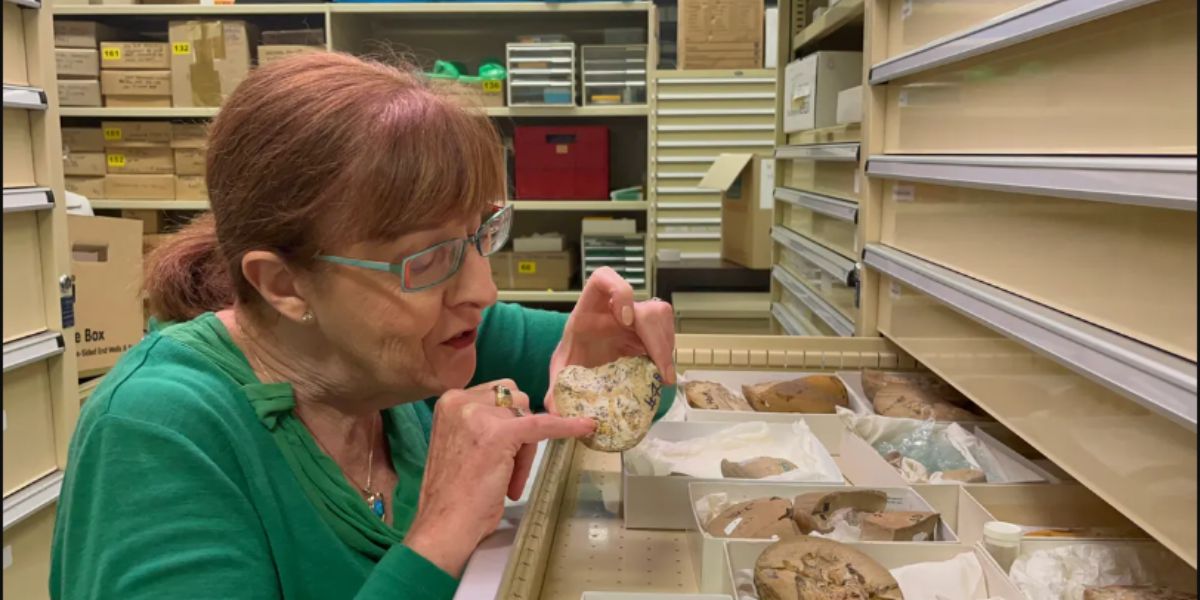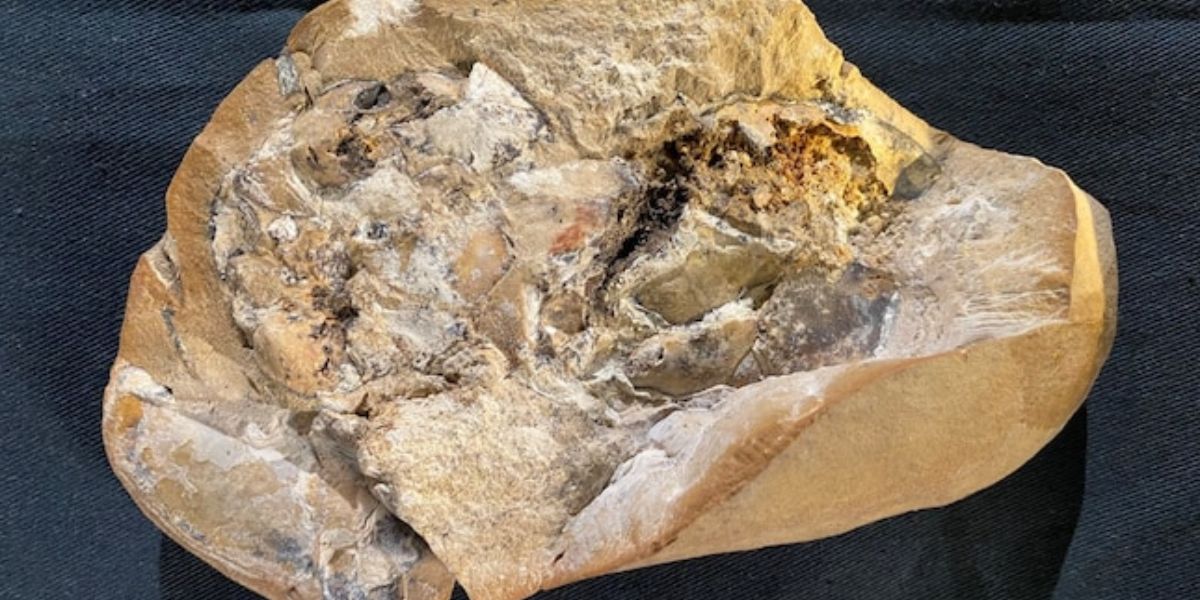Scientists Discover ''Surprisingly Preserved'' 380 Million-Year-Old Fish Heart
September 19, 2022 By Awanish Kumar

(Image Credit Google)
Scientists' hearts are pounding after discovering a 380 million-year-old fish heart lodged in a piece of Australian sediment. The organ is not only in extraordinary condition, but it may also hold information about how jawed vertebrates, like you and me, evolved.
The heart is a good 250 million years older than the jawed-fish heart that currently holds the title of "oldest." The heart belonged to an extinct class of armored, jawed fish called arthrodires that flourished between 419.2 million and 358.9 million years ago. But despite the fish's primitive nature, scientists were surprised to find surprising anatomical similarities between the ancient swimmer and contemporary sharks thanks to the placement of its S-shaped heart with two chambers.
"Evolution is often thought of as a series of small steps, but these ancient fossils suggest there was a larger leap between jawless and jawed vertebrates," said professor Kate Trinajstic, a vertebrate paleontologist at Australia's Curtin University and co-author of a new study on the findings. "These fish literally have their hearts in their mouths and under their gills -- just like sharks today," Trinajstic said.
The study appeared in the journal Science on Wednesday.
Because they were able to see the organ in relation to the fish's fossilized stomach, intestine, and liver, which is an uncommon occurrence, scientists were able to get an extremely clear view of the organ's precise location.
"I can't tell you how truly amazed I was to find a 3D and beautifully preserved heart and other organs in this ancient fossil," Trinajstic said.

The fossil was discovered by paleontologists during an excursion to the GoGo Formation in 2008, and it adds to the wealth of knowledge acquired from the location, which also includes details on the development of teeth and the transition from fin to limb. The GoGo Formation, a sedimentary deposit in the Kimberley region of Western Australia, is well known for its extensive fossil record, which includes remains of delicate tissues like nerves and embryos with umbilical cords from the Devonian period of Paleozoic reef life.
"Most cases of soft-tissue preservation are found in flattened fossils, where the soft anatomy is little more than a stain on the rock," said study co-author professor Per Ahlberg of Sweden's Uppsala University. "We are also very fortunate in that modern scanning techniques allow us to study these fragile soft tissues without destroying them. A couple of decades ago, the project would have been impossible."
The use of neutron beams and X-ray microtomography, which produce cross-sections of real-world objects that may be utilized to produce virtual 3D models, are two examples of these approaches.
By Awanish Kumar
I keep abreast of the latest technological developments to bring you unfiltered information about gadgets.


 The fossil was discovered by paleontologists during an excursion to the GoGo Formation in 2008, and it adds to the wealth of knowledge acquired from the location, which also includes details on the development of teeth and the transition from fin to limb. The GoGo Formation, a sedimentary deposit in the Kimberley region of Western Australia, is well known for its extensive fossil record, which includes remains of delicate tissues like nerves and embryos with umbilical cords from the Devonian period of Paleozoic reef life.
"Most cases of soft-tissue preservation are found in flattened fossils, where the soft anatomy is little more than a stain on the rock," said study co-author professor Per Ahlberg of Sweden's Uppsala University. "We are also very fortunate in that modern scanning techniques allow us to study these fragile soft tissues without destroying them. A couple of decades ago, the project would have been impossible."
The use of neutron beams and X-ray microtomography, which produce cross-sections of real-world objects that may be utilized to produce virtual 3D models, are two examples of these approaches.
The fossil was discovered by paleontologists during an excursion to the GoGo Formation in 2008, and it adds to the wealth of knowledge acquired from the location, which also includes details on the development of teeth and the transition from fin to limb. The GoGo Formation, a sedimentary deposit in the Kimberley region of Western Australia, is well known for its extensive fossil record, which includes remains of delicate tissues like nerves and embryos with umbilical cords from the Devonian period of Paleozoic reef life.
"Most cases of soft-tissue preservation are found in flattened fossils, where the soft anatomy is little more than a stain on the rock," said study co-author professor Per Ahlberg of Sweden's Uppsala University. "We are also very fortunate in that modern scanning techniques allow us to study these fragile soft tissues without destroying them. A couple of decades ago, the project would have been impossible."
The use of neutron beams and X-ray microtomography, which produce cross-sections of real-world objects that may be utilized to produce virtual 3D models, are two examples of these approaches.






